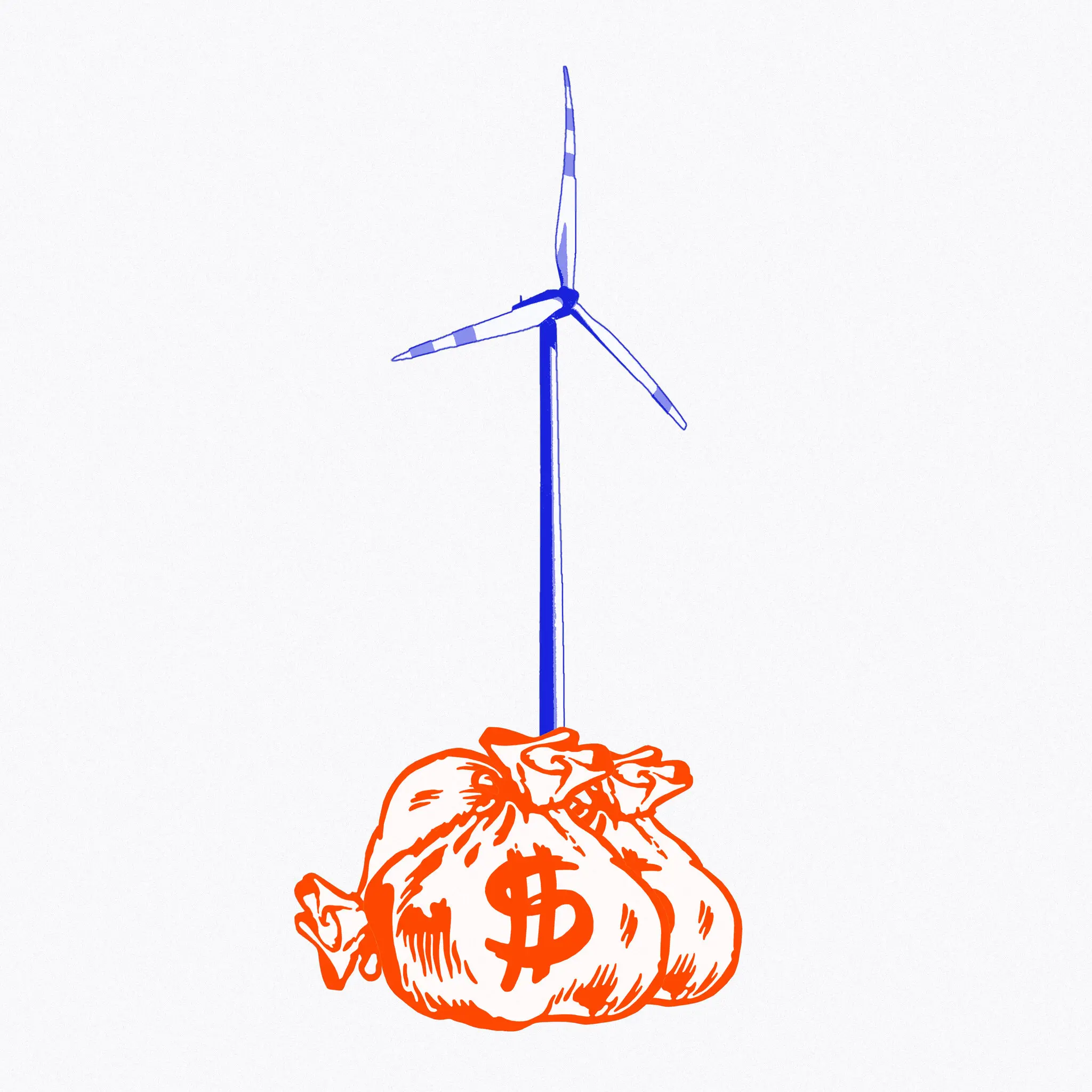The Carbon Bond: A Renowned Economist’s New Idea for Stopping Climate Change
June 26, 2023
Robert Litterman is a legend on Wall Street. He earned a doctorate in economics from the University of Minnesota in 1980. In his 23 years at Goldman Sachs he oversaw quants, managed risk and developed, with the great applied mathematician Fischer Black, the Black-Litterman model for portfolio allocation. Now he’s a founding partner and the risk manager at Kepos Capital, a New York-based investment company with $2 billion under management.
What excites him these days is a financial instrument he’s conceived that he thinks could help stop climate change. He calls it a carbon-linked bond. At this point, it’s just an idea. He unveiled it at a conference of the Fixed Income Analysts Society in New York on April 20, but Litterman told me this is only the second time it’s been written about in the press, after a piece last month in a London-based publication, GlobalCapital.
The problem Litterman is trying to solve is that many private investors are unwilling to invest heavily in climate solutions because they lack confidence that there will be a payoff. The government could promise that fossil fuels and other carbon sources will be very expensive in the future, making carbon-displacing technologies a safe bet. But governments are notorious for saying one thing and then doing another. They can’t be trusted.
There’s a term for the problem Litterman is wrestling with: time inconsistency. The economists Finn Kydland and Edward Prescott won a Nobel in economic science for their exploration of it. In the case of climate change, investors understandably worry that the government will back away from its commitment to a high carbon price if there’s a substantial political backlash. It will, they fear, behave inconsistently over time.
Enter the carbon-linked bond. The yield on the bond — i.e., how much interest it pays — is linked to the actual government-imposed price of carbon at any given time. “The government would announce a target carbon price, and if the government fails to hit that target, it will have to pay the bondholder more, so it has an incentive to keep its promises,” Litterman wrote in an explainer.
The beauty of the concept is that it turns an empty promise into one that would be costly for the government to break. The government would essentially be tying its own hands. If the government didn’t meet its carbon-price target, and didn’t compensate bondholders by paying them more as a result, it would be in default. As we know from the recent brush with default over the debt ceiling, that is something the government does not want to do.
In his explainer, Litterman acknowledged that “some opponents of carbon bonds might argue that greedy investors will just take advantage of this and buy bonds hoping that the government fails to meet its target.”
“But that’s fine,” he wrote. “That’s the way markets work. Some may profit by betting against the government, but in doing so they will also be forcing the government to live up to its promises.”
I’m not sure the public would be as casually accepting of speculators getting rich as Litterman is. But I do like the idea of a mechanism for pushing the government to do the right thing.
I asked Litterman last week to tell me where the idea for carbon-linked bonds came from. “I guess it was my idea,” he said. “It seems obvious to me, as a financial engineer.” He said carbon-linked bonds could provide visibility about the expected future prices of carbon in the same way that inflation-linked bonds are providing visibility about the expected future rates of inflation. (The World Bank this year issued what’s been occasionally described as a carbon-linked bond, but it’s the same in name only.)
Kepos Capital, Litterman’s company, has teamed up with another company, Gro Intelligence, on a “carbon barometer” that measures governments’ incentives for reducing carbon emissions. It includes carbon taxes, fossil fuel taxes, emissions trading systems and price premiums for renewable energy supplied to the electrical grid. Kepos Capital and Gro Intelligence would calculate a government’s current carbon price based on the size of its various incentives (or disincentives, such as subsidies of gasoline). Litterman emailed me that “Gro and Kepos have an agreement to share any licensing revenues, but we don’t expect it to be particularly profitable,” and added, “That was certainly not the motivation for its creation.”
In economic terms, the people who consume carbon — say, by burning gasoline — aren’t bearing the full cost of the harm they do to the planet. That’s a negative externality. “The capitalist system does not work if you don’t price the externalities,” Litterman said. Hence a government-set price for carbon emissions.
In finance terms, what Litterman wants to create is a forward curve for the price of carbon. It would be based on data from the trading of carbon-linked bonds showing how much the market expects carbon to cost at each point in time over the next several decades. The points in time form a curve, presumably a rising one.
“The reaction has been, ‘Has anyone done this? Is this just an idea?’ The answer of course is, yes, it’s just an idea,” Litterman said. But he said he’s confident it can work because he’s seen how it has worked for inflation-linked bonds, also known as TIPS, for Treasury inflation-protected securities.
In a follow-up email, Litterman acknowledged that the extra interest payments the government would owe if it didn’t meet its carbon-price target wouldn’t be big enough by themselves to induce the government to raise the carbon price. But he said raising the carbon price through taxation has other political pluses. It would raise money, which the government could use in popular ways, such as cutting other taxes, paying down debt or spending on popular programs.
“This does leverage the short horizon bias of political parties,” Litterman wrote.


